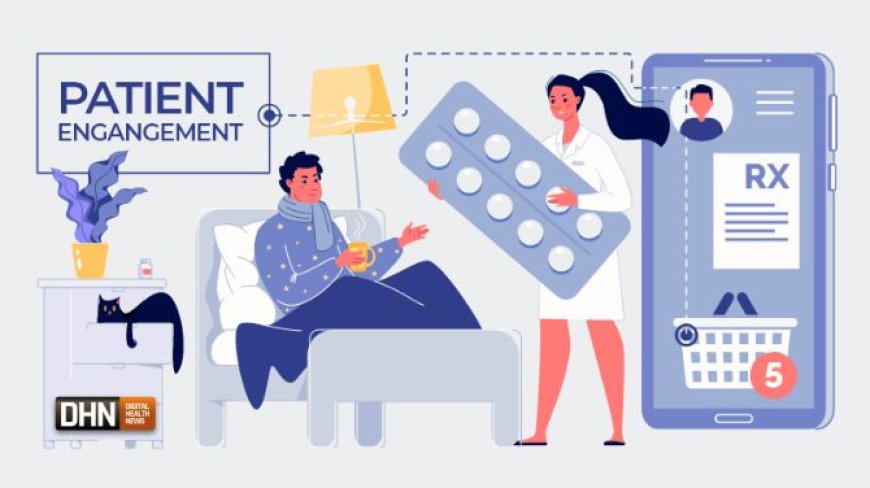Barriers to Patient Engagement: How to Overcome Them for Better Care

Patient engagement is a critical factor in improving healthcare outcomes. When patients actively participate in their care, they are more likely to follow treatment plans, make healthier lifestyle choices, and experience better overall health. However, many patients face barriers that prevent them from engaging fully with their healthcare providers. In this article, we’ll explore the common obstacles to patient engagement and provide practical solutions to overcome them, ultimately leading to better care and improved health outcomes.
Common Barriers to Patient Engagement
-
Lack of Health Literacy Many patients struggle to understand medical terminology, treatment plans, and instructions from healthcare providers. This lack of health literacy can make it difficult for them to actively participate in their care and make informed decisions.
Solution: Healthcare providers can improve patient education by using simple language, visual aids, and clear instructions. Offering materials in multiple languages and utilizing patient-friendly technology, like apps, can also enhance understanding.
-
Limited Access to Healthcare Services Physical, financial, and logistical barriers can prevent patients from accessing healthcare. These may include long travel distances, high out-of-pocket costs, or inconvenient office hours.
Solution: Telehealth services can help bridge the gap by offering remote consultations, which eliminate the need for travel. Additionally, healthcare organizations should explore flexible payment options and provide support for transportation or virtual care.
-
Technology Challenges While digital tools can enhance patient engagement, not all patients are comfortable with or have access to the necessary technology. Some may struggle with using patient portals, mobile apps, or other digital resources.
Solution: Offering training on how to use digital tools, providing alternative ways to access information (e.g., phone calls or paper documents), and ensuring technology is user-friendly can help increase digital engagement.
-
Cultural and Language Barriers Patients from diverse cultural backgrounds may find it difficult to communicate with healthcare providers or feel misunderstood, leading to disengagement. Language barriers can further complicate this issue.
Solution: Healthcare providers should offer translation services and ensure staff are trained in cultural competency. By fostering a culturally sensitive environment, patients are more likely to feel comfortable and involved in their care.
-
Lack of Trust in Healthcare Providers Some patients may have a history of negative experiences with healthcare systems or lack confidence in their providers. This can lead to reluctance in following medical advice or participating in treatment plans.
Solution: Building trust through clear communication, active listening, and demonstrating empathy can help strengthen the patient-provider relationship. Patients are more likely to engage when they feel heard and respected.
-
Time Constraints Many patients lead busy lives and find it challenging to prioritize their healthcare. This can result in missed appointments, delayed treatments, or incomplete adherence to prescribed regimens.
Solution: Providers can offer flexible appointment scheduling, including evening or weekend options, and encourage the use of reminders through texts, emails, or apps to help patients stay on track.
-
Emotional and Psychological Factors Chronic conditions, complex treatments, or mental health issues can affect a patient’s motivation to engage in their healthcare. Fear, anxiety, and depression can create emotional barriers to care.
Solution: Offering emotional support, counseling, or connecting patients with mental health professionals can help address these challenges. Encouraging patients to set small, achievable health goals can also boost motivation and confidence.

How Overcoming These Barriers Leads to Better Care
When patients are engaged in their own care, they are more likely to:
-
Follow prescribed treatment plans
-
Attend regular check-ups and screenings
-
Adopt healthier lifestyles, such as better diet and exercise
-
Experience fewer complications and hospital readmissions
-
Feel more satisfied with their healthcare experience
Improved patient engagement not only benefits the patients themselves but also helps healthcare providers offer more effective care. Engaged patients contribute to better health outcomes, which leads to lower healthcare costs and improved quality of life.
Conclusion
Barriers to patient engagement can be significant, but they are not insurmountable. By addressing issues such as health literacy, access to services, technology challenges, cultural differences, trust, time constraints, and emotional factors, healthcare providers can create an environment where patients feel empowered to take an active role in their care. With better patient engagement, we can achieve better healthcare outcomes, improve patient satisfaction, and ultimately enhance the quality of care provided.
What's Your Reaction?



















